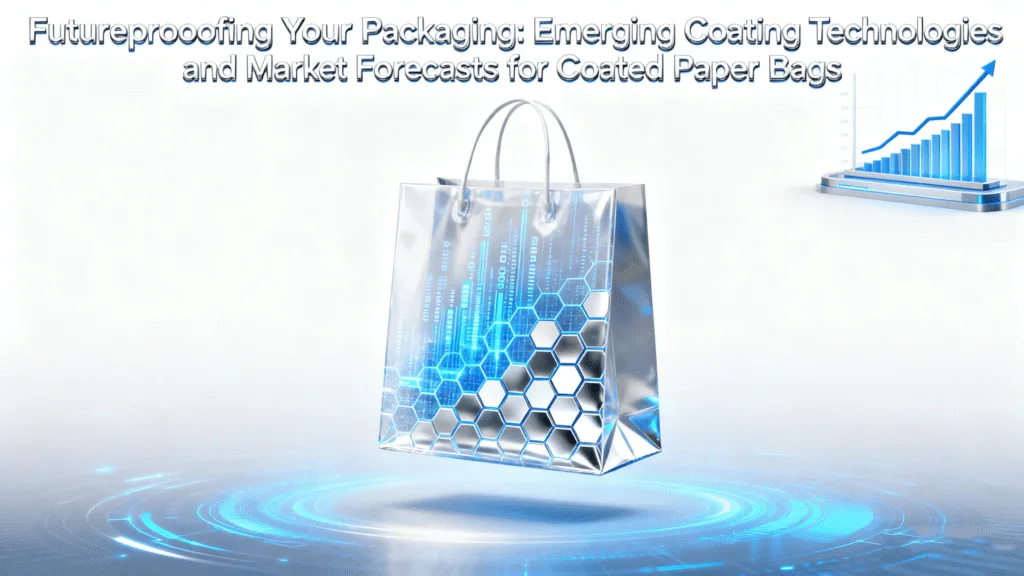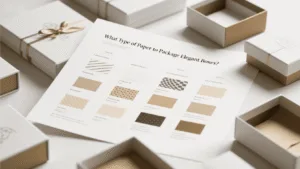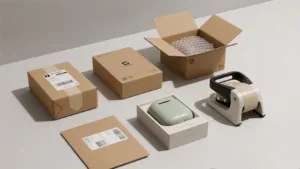Keeping up with packaging innovations feels overwhelming. Fall behind, and your brand risks looking outdated and losing ground to competitors who are quicker to adapt.
The future of coated paper bags lies in sustainable, high-performance technologies like bio-based polymers and advanced aqueous coatings, driven by strong market growth in e-commerce and consumer demand for eco-friendly solutions.
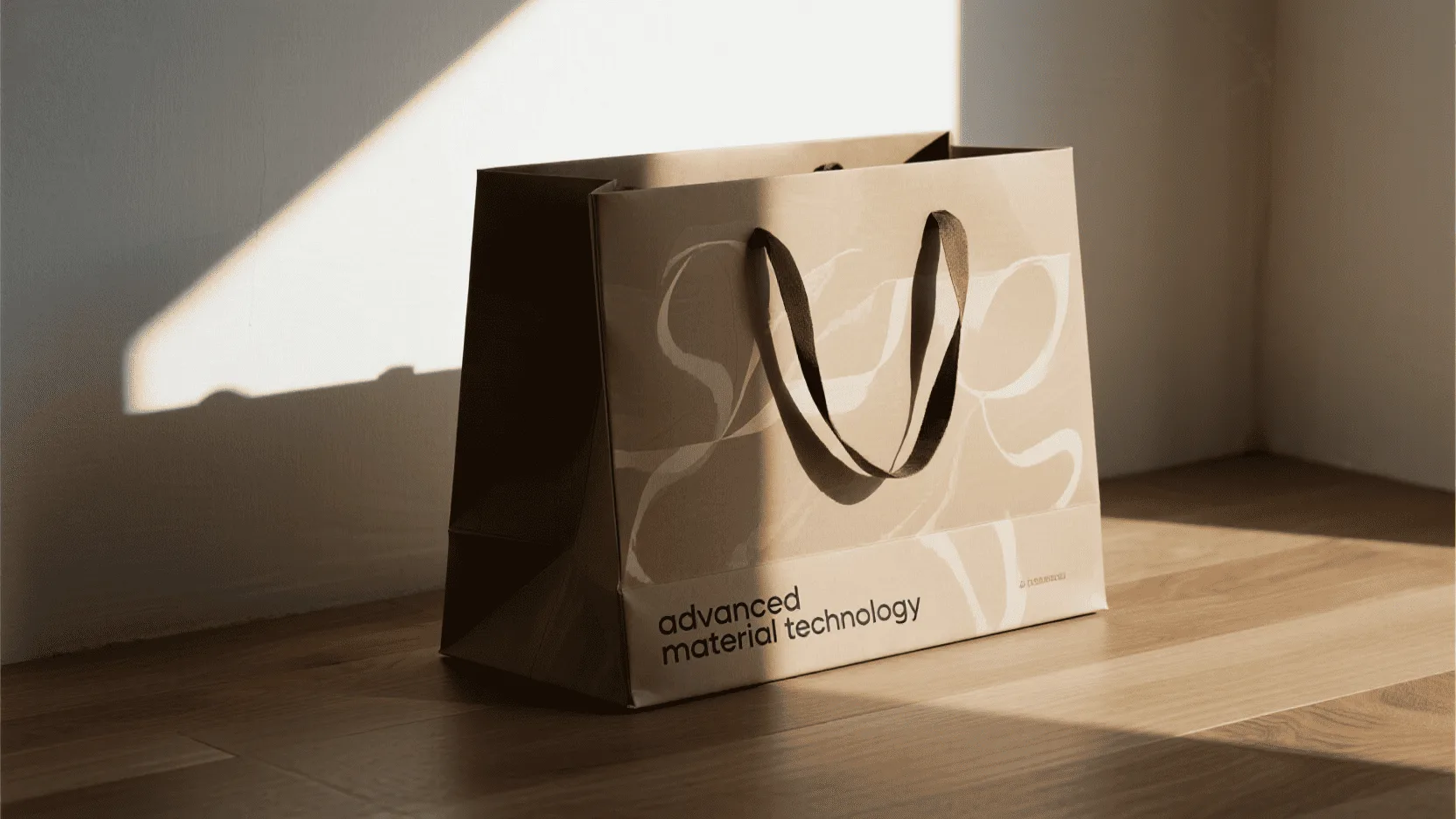
The pace of change in the packaging industry today is faster than I’ve ever seen in my career. I remember when moving from a simple gloss to a matte lamination was considered a major upgrade for a brand. Now, the conversations I have with clients are about compostability, barrier properties, and even interactive "smart" features. Just last year, a long-term client in the food packaging space came to us with a challenge: they needed to eliminate all plastics from their takeaway bags but couldn’t sacrifice grease resistance. A few years ago, this would have been nearly impossible. Today, we’re testing new aqueous coatings that solve this exact problem. This is no longer about just aesthetics; it’s about using technology to meet new market demands and build a brand that’s ready for the future.
What Innovative Coating Technologies Are Set to Redefine Paper Bag Performance?
Your current coated bags work, but you know their environmental footprint is a weakness. Customers are demanding more sustainable options, but you don’t know what new technologies can deliver both performance and eco-credentials.
Emerging technologies are set to revolutionize paper bags, with bio-based coatings like PLA, advanced water-based aqueous coatings, and functional smart coatings offering superior sustainability, safety, and performance compared to traditional plastic lamination.
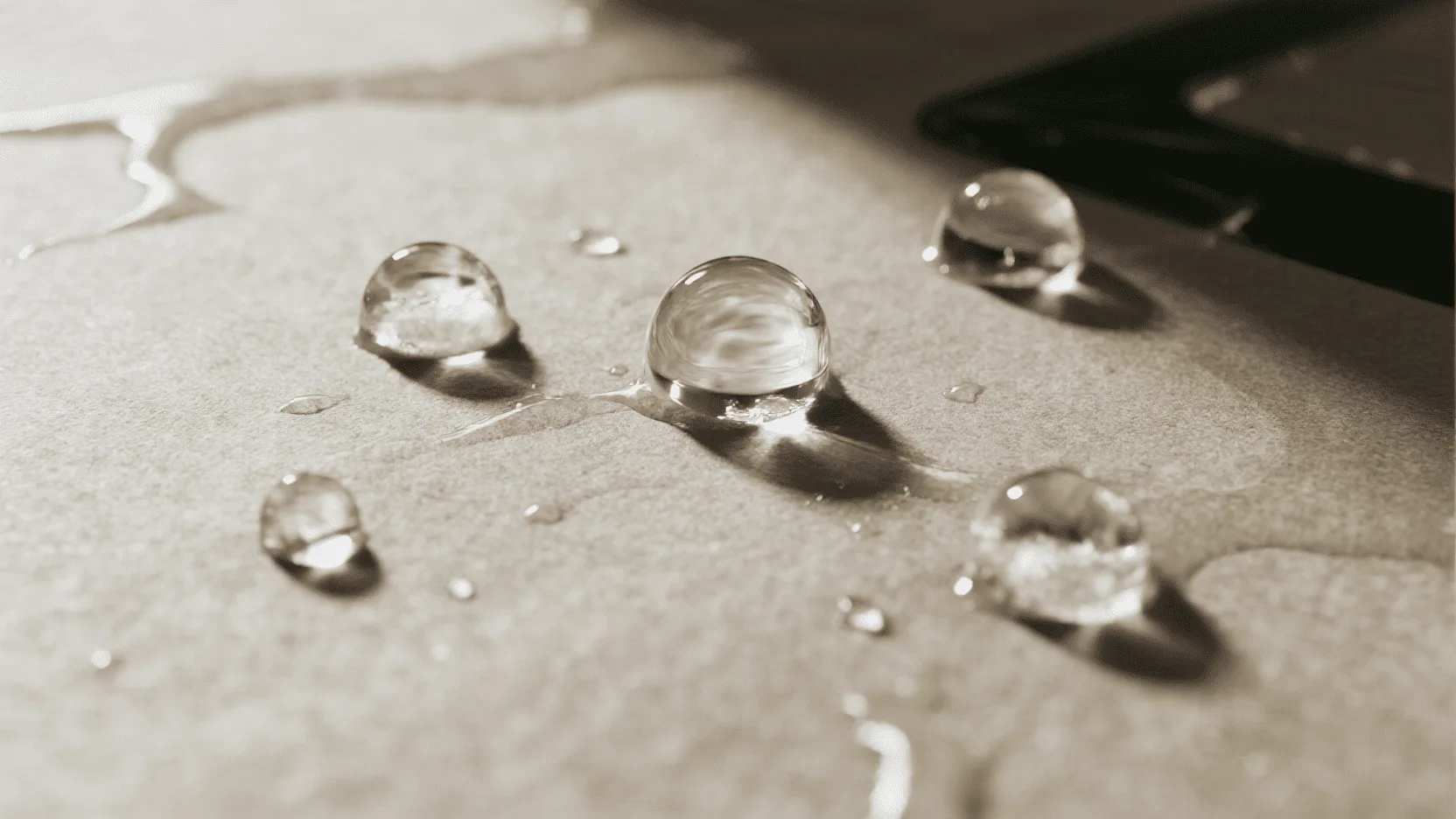
For decades, the standard for a premium, durable paper bag was a polyethylene (PE) or polypropylene (PP) lamination. It provided strength, water resistance, and a great finish, but it came with a significant environmental cost by making the bag difficult to recycle. The good news is that we are entering a new era of material science. The innovation in coatings is explosive, driven by the dual needs of sustainability and enhanced functionality. These new technologies are not just incremental improvements; they are fundamentally changing what a paper bag can do. They allow brands to offer packaging that is not only beautiful and strong but also aligns with the values of modern consumers. It’s an exciting time, as we can now create solutions that protect the product, elevate the brand, and respect the planet.
Bio-Based and Compostable Coatings
The biggest shift is away from petroleum-based plastics toward bio-based alternatives1. Polymers like PLA (Polylactic Acid), derived from corn starch, and PHA (Polyhydroxyalkanoates), made from microbial fermentation, are leading the charge. These materials can be applied as a thin film to paper, offering similar water resistance and durability to traditional lamination. Their key advantage is that, under the right industrial composting conditions, they break down into natural elements. While the composting infrastructure is still developing globally, offering a certified compostable bag is a powerful statement. The global bioplastics market is projected to reach $29.7 billion by 2026, a clear indicator of where the industry is heading (Source: MarketsandMarkets).
Advanced Aqueous Coatings
Aqueous, or water-based, coatings are another fantastic, eco-friendly innovation. Instead of using a plastic film, these are liquid coatings applied to the paper and then dried, leaving behind a protective layer. They contain no harmful solvents and do not hinder the paper’s recyclability. Initially, aqueous coatings2 were limited to simple gloss or satin finishes, but technology has advanced rapidly. Today, we can achieve high-gloss, dead matte, soft-touch "velvet" feels, and even specialized functional properties like grease or moisture resistance, all with a recyclable solution. They are incredibly versatile and are becoming the go-to choice for brands who want a premium finish without the environmental guilt.
Functional and "Smart" Coatings
This is where packaging truly becomes part of the product experience. Functional coatings are designed for specific performance needs. For food brands, we can use coatings with antimicrobial properties to enhance safety or oleophobic (grease-resistant) coatings to prevent staining. For electronics or other sensitive items, anti-static or thermal-insulating coatings are being developed. The next frontier is "smart" packaging, where coatings can be embedded with invisible QR codes, NFC tags, or even thermochromic inks that change color with temperature. This transforms the bag from a simple carrier into an interactive tool for marketing, authentication, and customer engagement.
| Coating Type | Key Benefit | Best For | Recyclability |
|---|---|---|---|
| Traditional PE/PP Lamination | High Durability, Water Proof | Heavy items, luxury finish | Challenging; requires separation |
| Bio-Based Coatings (PLA/PHA) | Compostable, Plant-Derived | Eco-conscious brands, food | Industrially compostable |
| Aqueous Coatings | Highly Recyclable, Versatile | E-commerce, retail, food | Excellent; recycles with paper |
| Functional/Smart Coatings | Specific Performance, Engagement | Food safety, anti-counterfeit | Varies by technology |
How Are Market Forecasts and Consumer Demands Shaping the Future of Coated Paper Bags?
You see headlines about sustainability, but you’re unsure how market trends will directly affect your packaging choices. Ignoring these shifts could make your brand seem out of touch, non-compliant, and unappealing to a growing segment of buyers.
Market forecasts show explosive growth for sustainable paper packaging, fueled by powerful consumer demand for plastic-free options and the rapid expansion of e-commerce. These trends are forcing brands to innovate or be left behind.

It’s one thing to hear about new technologies, but it’s another to understand the powerful forces driving their adoption. As a business owner, I’m constantly watching market forecasts and, more importantly, listening to what my clients’ customers are saying. The message is crystal clear: the definition of "premium" has changed. It no longer just means a thick, glossy bag. Today, a premium experience includes responsibility. According to a 2021 study, 78% of consumers are more likely to purchase a product that is clearly labeled as environmentally friendly (Source: GreenPrint). This isn’t a niche preference anymore; it’s a mainstream expectation. This consumer sentiment, combined with the structural changes in how people shop, is creating a perfect storm that is reshaping the entire packaging landscape. The global coated paper market is responding, with projections showing steady growth driven specifically by its applications in sustainable packaging and labeling.
The Unstoppable Drive for Sustainability
This is the single most significant driver of innovation in our industry. Consumers are more educated and vocal than ever about environmental impact. They actively seek out brands that share their values, and packaging is one of the most visible indicators of a company’s commitment. A brand that ships a natural, organic product in a plastic-laminated bag is sending a mixed message. This has moved beyond a "nice-to-have" and is now a core part of brand identity and trust. Adopting fully recyclable aqueous coatings1 or compostable bio-films is no longer just an environmental decision; it’s a critical marketing and brand-building strategy that resonates directly with your target audience.
The Influence of E-commerce
The boom in online shopping has created new demands for packaging. E-commerce packaging has two primary jobs: protect the product during a rough shipping journey and deliver a memorable "unboxing" experience at home. High-quality coated paper bags2 are perfectly suited for this. They are more durable than uncoated paper, offering better protection against moisture and tears. At the same time, they provide a superior tactile and visual experience compared to a plain corrugated box or plastic mailer. As brands look for ways to stand out in a crowded online marketplace, the unboxing experience has become a key differentiator, and the coated paper bag is at the heart of it.
Regulatory Pressures and Global Standards
Governments around the world are taking action against single-use plastics. Bans and taxes on plastic bags are becoming increasingly common, forcing retailers and brands to seek paper-based alternatives. This regulatory push is accelerating the transition and creating a huge demand for innovative paper solutions. Furthermore, global standards like the Forest Stewardship Council (FSC) certification are becoming baseline requirements for many major retailers. Sourcing [FSC-certified paper](https://fsc.org/en/label)3 and using eco-friendly coatings4 ensures your packaging is not only compliant but also globally accepted, futureproofing your supply chain against upcoming legislative changes.
| Market Driver | Impact on Coated Paper Bag Design | Business Opportunity |
|---|---|---|
| Consumer Demand for Sustainability | Shift to aqueous & bio-coatings, focus on recyclability | Build brand loyalty with eco-conscious consumers |
| E-commerce Growth | Need for durability, scuff resistance, premium unboxing feel | Create a memorable direct-to-consumer experience |
| Regulatory Plastic Bans | Increased demand for paper-based solutions | Gain market share by being an early adopter |
Conclusion
The future of coated paper bags is bright, innovative, and green. By embracing emerging technologies like bio-based and aqueous coatings, and by staying aligned with the powerful market forces of sustainability and e-commerce, you can create packaging that is not only effective but also responsible. Futureproofing isn’t about predicting the future; it’s about building a strategy that is resilient enough to thrive in it.
Ready to explore the next generation of packaging for your brand? Contact us for a consultation on the latest material innovations.
For more on packaging strategy, learn How Brands Can Measure ROI on Upgrading to High-Quality Coated Paper Bags.
FAQ
Are bio-based coatings as durable as traditional plastic lamination?
Yes, in many applications. Modern bio-polymers like PLA offer excellent tear resistance and protection against moisture, making them comparable to traditional PE lamination for most retail and e-commerce uses. The key is to match the right material and thickness to your specific product needs.
How much more expensive are these new coating technologies?
While some emerging technologies can have a higher initial cost, the price gap is narrowing quickly as they become more mainstream. Aqueous coatings, for example, are now very cost-competitive with lamination. It’s also important to factor in the total ROI, including improved brand image and potential savings from avoiding plastic taxes.
What is the easiest sustainable upgrade a small business can make to their paper bags?
Switching from plastic lamination to a recyclable aqueous coating is one of the easiest and most impactful upgrades. It provides a premium finish (matte, gloss, or soft-touch) and enhances durability, all while ensuring the bag can be easily recycled in standard paper streams.
-
Explore this link to understand how these coatings can enhance your brand’s sustainability efforts. ↩ ↩
-
Learn how coated paper bags can improve product protection and enhance the unboxing experience for customers. ↩ ↩
-
Discover the significance of FSC certification in ensuring sustainable sourcing and compliance with global standards. ↩
-
Find out how eco-friendly coatings can elevate your packaging strategy while supporting environmental goals. ↩

